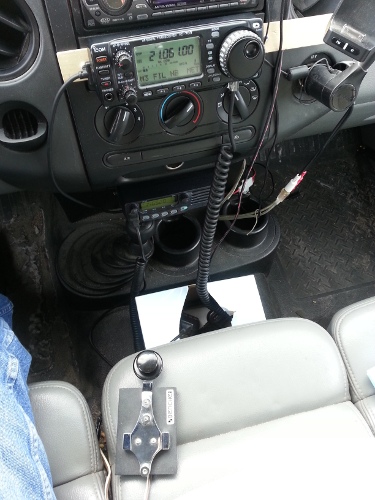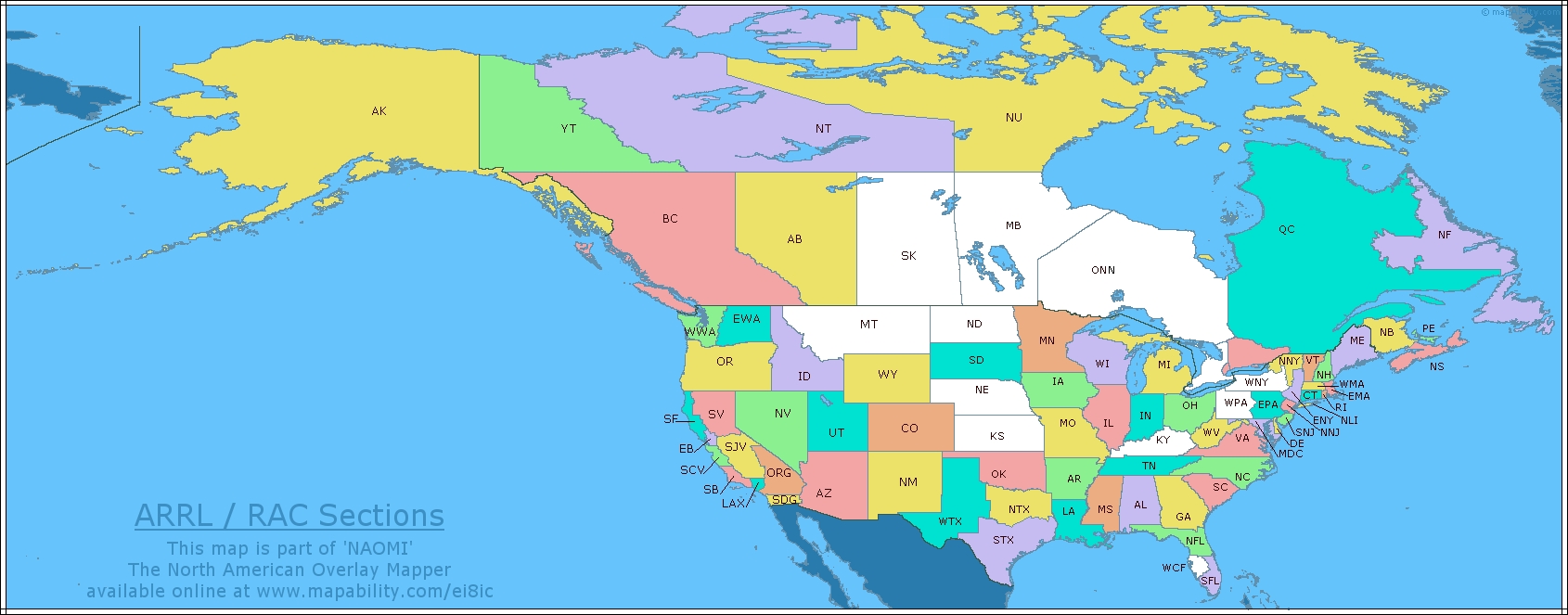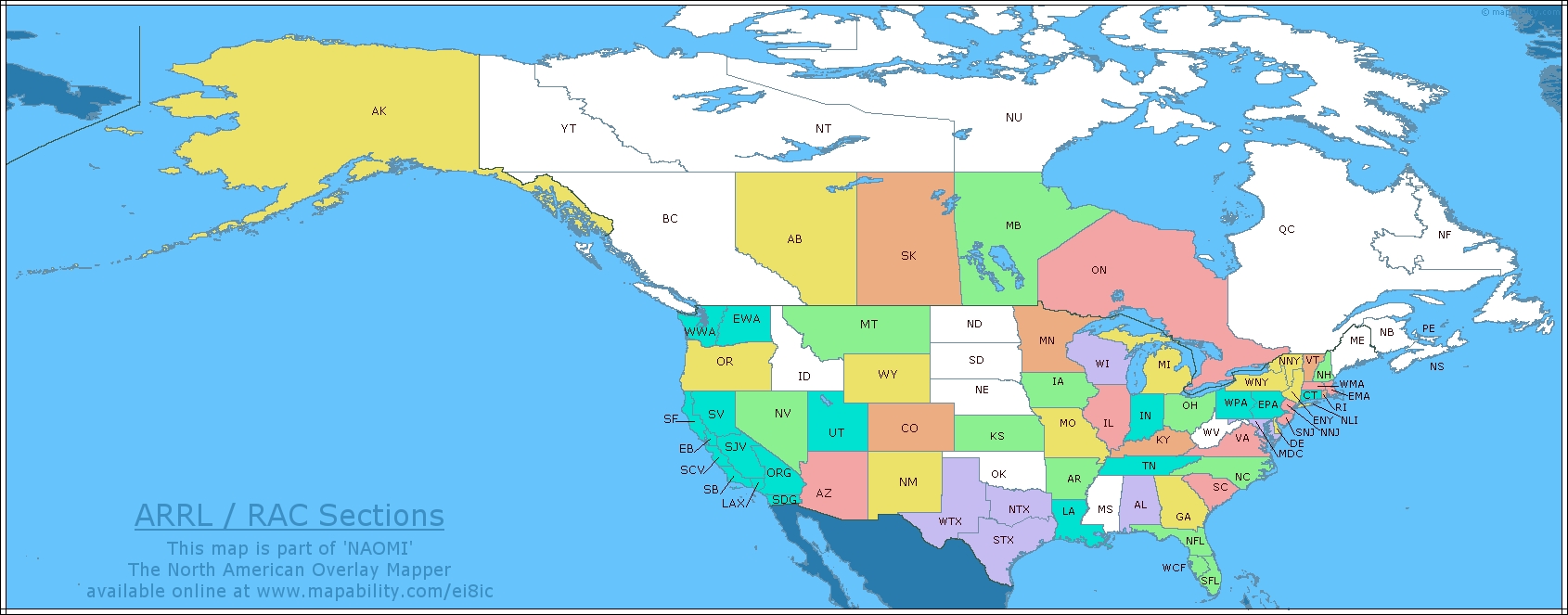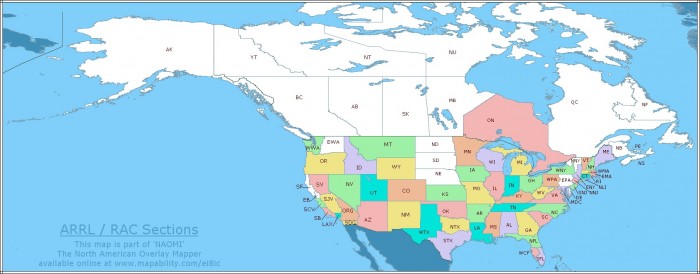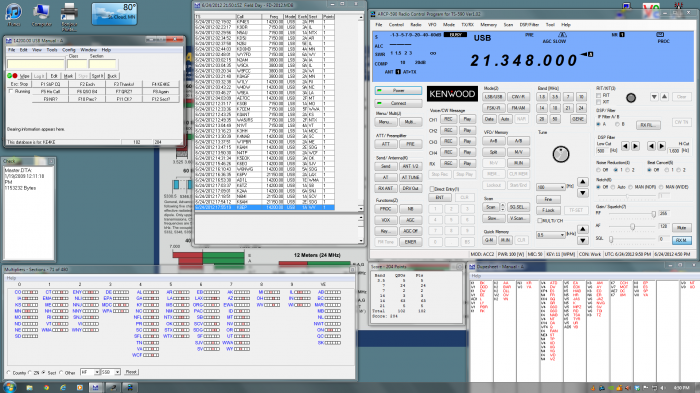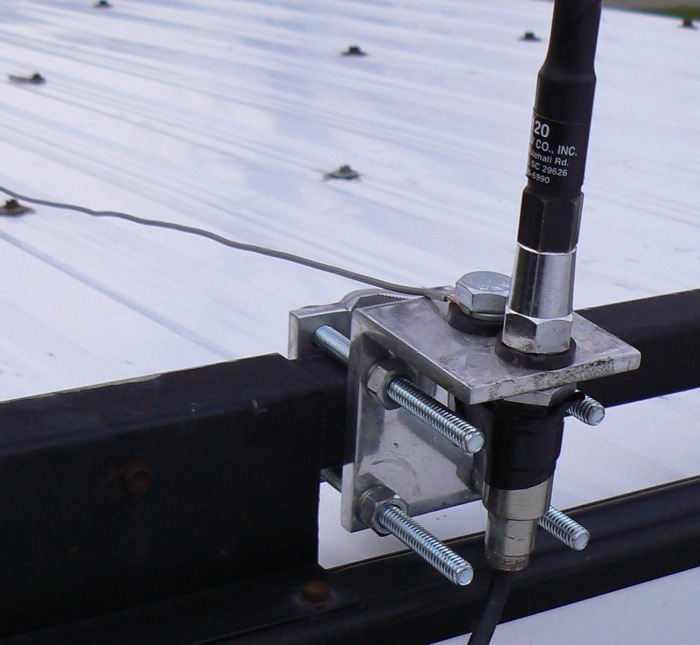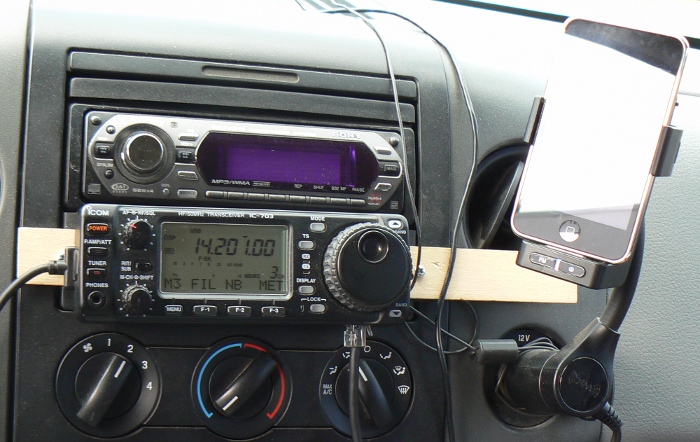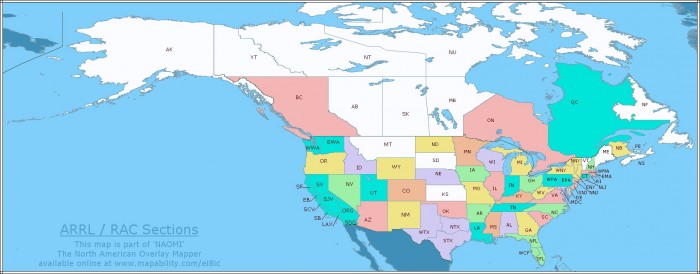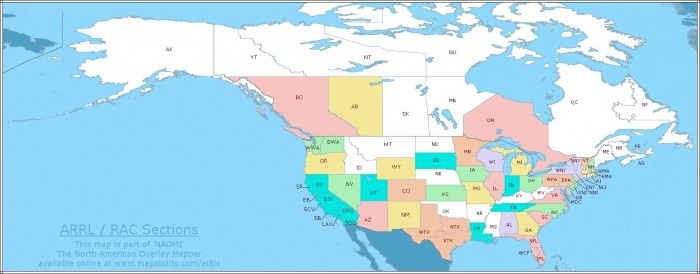Just a quick note about Field Day. Between storms and work I only got to operate a few hours Sunday morning. We actually lost power at the apartment for 42 hours.
I operated 1C from the truck waiting at work for the power company to arrive and repair a line and pole damaged by lightning. I operated CW with stations running 20 to, well much closer to 25 words per minute. I use a straight key, but I have paddles set up to practice sending at 25 wpm and I was able to match their speed, off-air of course. I can not actually send that fast.
I made 19 contacts. In more recent years the CW I have heard during FD was just too fast and I never found anyone slow enough for me to try to copy. Calling CQ never netted any results. The good news for me is that they didn’t sound all that fast to me. Maybe I am improving! I still can’t copy a normal conversation that fast, but for FD where all you are looking for is the number of transmitters, class and section, the worst part then is just getting the call sign and that has been much easier. By the way, I did hear some slow CW so some one who is just getting started may have some fun as well.
It was great fun even though only for a short time. The main problem I have had here has been finding a good place to operate for FD. The last few years the weather has not been very helpful. That is the reason I did not set up and operate this year. Perhaps next year will work out better. Perhaps I will operate with some others next year?
Tim

